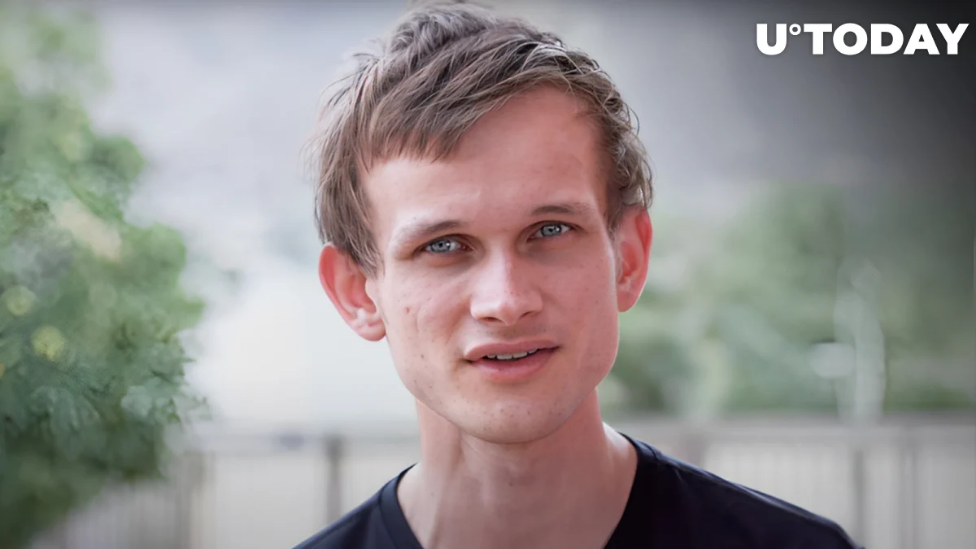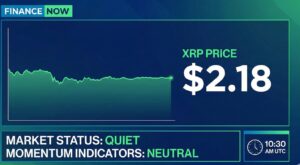In a recent post, Vitalik Buterin, the co-founder of Ethereum, discussed the current conversation about protocol improvements, concentrating on Layer 1 (L1) and Layer 2 (L2) alternatives. The first plan for Ethereum was based on simplicity, with a focus on a simple core protocol and building other protocols on top of it. Recently, though, the discussion has shifted to adding more features directly to the core protocol to meet a range of needs, such as those related to account security, privacy, and the trading of digital assets.
The Evolution Of The Ethereum Protocol: From Minimalism to Enshrining Features
The early stages of Ethereum’s development concentrated on establishing a ‘clean, straightforward, and elegant protocol.’ The major goal was to reduce the amount of embedded logic in transaction processing. This straightforward approach aimed to tackle scale issues and implement account abstraction. In 2015, these ideas sought to simplify the protocol’s intrinsic complexity, with scaling envisioned as an abstract form that seamlessly enhanced Ethereum’s capabilities.
In the post, Buterin discussed “enshrinement,” which is building specific functions or methods right into the blockchain’s basic layer instead of using additional modules or second-layer solutions. This shift toward enshrinement may result in increased security assurances and efficiency across all actions carried out within its ecosystem.
The discussion included enshrining specific features to address underlying issues. For example, ERC-4337, an extra-protocol solution, attempted to lower transaction costs by lowering the overhead of the EVM. However, the ERC-4337 medium-term roadmap recommends incorporating sections of it into the protocol for improved gas economy and censorship resistance.
In addition, Buterin discussed the issues with account abstraction proposals, particularly EIP 86, which attempted to simplify transaction processing but unintentionally added complexity. This complexity resulted from a change in roles that put additional responsibility on miners—who were now block proposers—during the transaction acceptance process.
The discussion also addressed enshrining private meme pools to prevent frontrunning and investigating in-protocol functionalities for liquid staking to reduce issues associated with centralization. For instance, on Ethereum, Lido, a well-known liquid staking pool, presently has a majority of over 32% of the staked ether, with holdings spread across many validators.
Lido and Rocket Pool are major players in the ecosystem, but Buterin emphasized the need for stronger safety measures. Buterin suggested looking into more options to increase the security and decentralization of liquid staking. He proposed changing the Ethereum protocol itself rather than depending entirely on moral pressure to persuade stakeholders to diversify their selection of staking providers.
Takeaways
The article offers a thoughtful examination of possible directions for the growth and expansion of the Ethereum Protocol. It demonstrates Buterin’s unwavering commitment to ongoing improvement and his readiness to take into account different strategies in order to realize these objectives. Vitalik Buterin’s recent thoughts on the subject offer food for thought for both Ethereum developers and others interested in blockchain technology in general. His theories provide insightful perspectives into potential future orientations that could influence the development of one of today’s most significant blockchains.




























